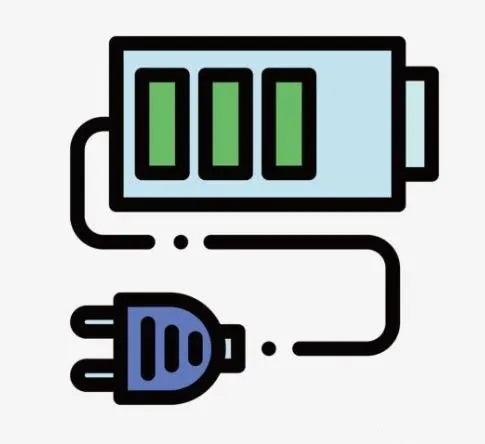The full name of the ternary lithium-ion battery is the ternary polymer lithium battery. The ternary polymer lithium battery refers to the lithium battery whose positive electrode material uses nickel-cobalt lithium manganate (Li(NiCoMn)O2) ternary positive electrode material. The ternary composite positive electrode material Precursor products are made of nickel salt, cobalt salt, and manganese salt. The ratio of nickel, cobalt, and manganese can be adjusted according to actual needs. The battery with ternary materials as the positive electrode is safer than lithium cobalt oxide batteries.

1. Charging of ternary lithium-ion battery
The highest end-of-charge voltage of a single lithium-ion battery is 4.2V, and it cannot be overcharged, otherwise the battery will be scrapped due to the loss of too much lithium ions in the positive electrode. When charging lithium-ion batteries, special constant-current and constant-voltage chargers should be used. First charge with constant current until the voltage at both ends of the lithium-ion battery is 4.2V, then switch to constant-voltage charging mode; when the constant-voltage charging current drops to 100mA , stop charging.
The charging current (mA) can be 0.1-1.5 times the battery capacity, for example: for a 1350mAh lithium-ion battery, the charging current can be controlled between 135mA-2025mA. The conventional charging current can be selected at about 0.5 times the battery capacity, and the charging time is about 2 to 3 hours.
2. Discharge of ternary lithium-ion battery
Due to the internal structure of lithium-ion batteries, all lithium ions cannot move to the positive electrode during discharge, and a part of lithium ions must be kept at the negative electrode to ensure that lithium ions can be inserted into the channel smoothly during the next charge. Otherwise, battery life will be shortened. In order to ensure that some lithium ions remain in the graphite layer after discharge, it is necessary to strictly limit the minimum discharge termination voltage, that is to say, the lithium-ion battery cannot be over-discharged.
The end-of-discharge voltage of a single-cell lithium-ion battery is usually 3.0V, and the minimum cannot be lower than 2.5V. The length of battery discharge time is related to battery capacity and discharge current. Battery discharge time (hours) = battery capacity/discharge current, and the discharge current (mA) of the lithium-ion battery should not exceed 3 times the battery capacity, for example: for a 1000mAh lithium-ion battery, the discharge current should be strictly controlled within 3A, otherwise will damage the battery.



